Disclosure: This article contains affiliate links. We may earn a commission from purchases at no extra cost to you, which helps our travel content.
There's something almost transcendent about standing before Versailles at dawn, when the first light catches the gilded gates and transforms them into portals of liquid gold. After three decades of studying marine ecosystems, I've developed an eye for how light plays across surfaces—whether it's the iridescent flash of a parrotfish darting through a coral garden or the way morning sun ignites the Hall of Mirrors. This palace, built as a monument to absolute power, now serves as a canvas for photographers seeking to capture fragments of history preserved in marble and gold. Having visited Versailles in every season over my years in Europe, I've learned that this magnificent palace reveals different facets of itself depending on when—and how—you approach it. Today, I'll share how to photograph Versailles beyond the postcard shots, finding quiet corners where history whispers and light creates magic that most visitors, hurrying from one famous room to the next, completely miss.
The Golden Hour: Timing Your Visit for Optimal Light
As someone who has spent decades capturing the shifting light on coral reefs, I've learned that timing is everything in photography. This principle holds equally true at Versailles, where arriving at the right moment can transform your images from tourist snapshots to fine art.
The palace grounds open at 8:00 AM, a full hour before the château itself welcomes visitors. This precious window offers photographers an extraordinary opportunity. On my last spring visit, I arrived at 7:45 AM and found myself among just a handful of early risers. By 8:01, I was walking through gardens still draped in morning mist, the formal parterres emerging like geometric ghosts as the sun began to burn through the haze.
The façades of Versailles face east, which means morning light bathes the front of the palace in a warm glow that gradually intensifies until about 10:00 AM. This is your prime shooting window for the exterior. The gardens, however, benefit from late afternoon light, particularly between 4:00-7:00 PM in spring, when the setting sun creates dramatic shadows across the sculptures and fountains.
For interior shots, particularly in the Hall of Mirrors, aim for midday when sunlight streams directly through the windows, creating those iconic shafts of light that illuminate the floating dust particles—a phenomenon marine photographers like myself recognize from underwater light rays penetrating the surface.
I've found my tripod invaluable for low-light interior shots, especially in less-visited rooms where the lighting is often dimmer but the historical details are just as rich.

💡 Pro Tips
- Purchase your tickets online in advance to avoid wasting precious morning light waiting in ticket lines
- Tuesday and Wednesday typically see fewer visitors than weekend days
- Visit during the shoulder seasons (April-May or September-October) for ideal lighting conditions without summer crowds
Beyond the Hall of Mirrors: Hidden Photographic Treasures
While the Hall of Mirrors rightfully claims its place as Versailles' most photographed space, my scientific curiosity has always drawn me to the less-explored corners of this vast complex. These quieter spaces often yield the most compelling photographic opportunities.
The Queen's Apartments, particularly Marie Antoinette's bedchamber, offer rich textures and more subdued lighting than the grander state rooms. The intricate fabric patterns and intimate scale create an opportunity for detail shots that tell a more personal story than the overwhelming opulence elsewhere. I find parallels between photographing these textile details and documenting the intricate patterns of coral polyps—both require patience and a macro lens to reveal their true complexity.
The Royal Chapel presents a vertical challenge worth mastering. Its soaring height demands a wide-angle lens, but be mindful of distortion. Position yourself slightly off-center to capture both the impressive ceiling and the altar in a single composition. The natural light here changes dramatically throughout the day, filtering through windows at different angles.
Perhaps my favorite hidden treasure is the Petit Trianon and Marie Antoinette's Estate. Here, away from the formality of the main palace, you'll find more naturalistic gardens, rustic buildings, and intimate spaces that offer a counterpoint to Versailles' grandiosity. The light here feels different—softer, filtered through trees rather than reflected off gold.
For these varied shooting conditions, I rely on my versatile zoom lens, which handles everything from wide interior shots to detailed close-ups of architectural elements without requiring constant lens changes in these protected historic spaces.
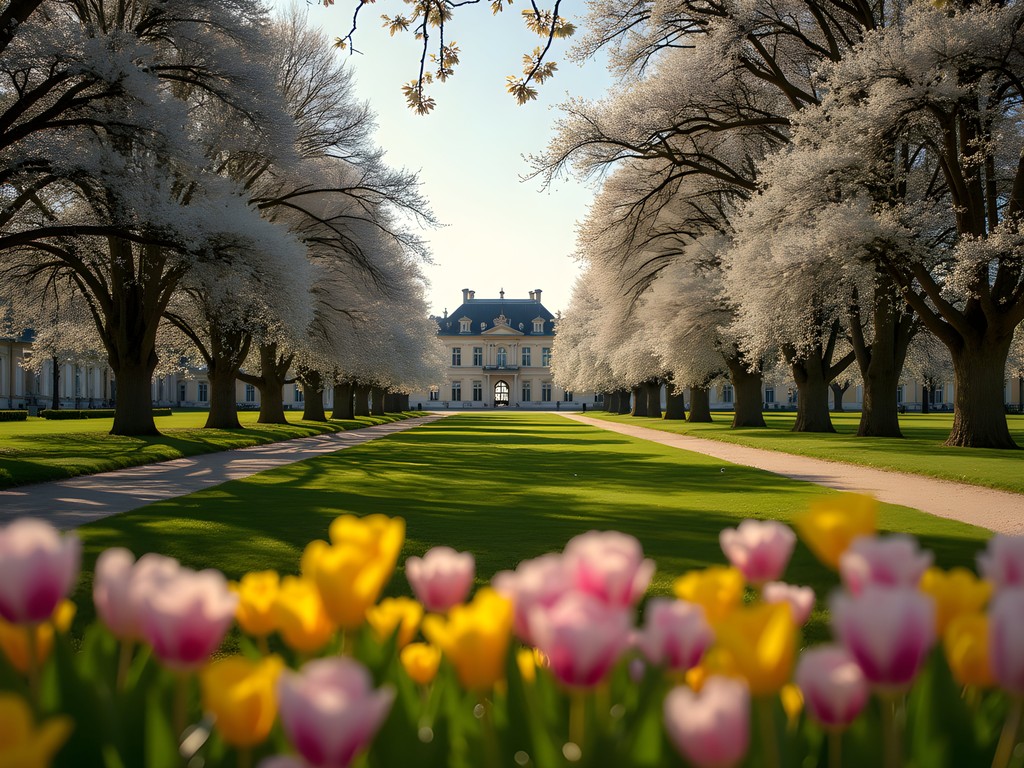
💡 Pro Tips
- Use a polarizing filter to reduce glare on the numerous gilded surfaces and paintings
- The Queen's Hamlet area opens later than the main gardens, so plan your visit sequence accordingly
- Look for reflections in the polished marble floors to add depth to your compositions
Water and Reflection: The Gardens as a Photographer's Canvas
As a marine biologist turned photographer, I'm naturally drawn to water elements in any landscape. Versailles offers extraordinary opportunities to incorporate water into your compositions, with its grand canals, ornate fountains, and reflecting pools that mirror the sky and architecture in equal measure.
The Grand Canal provides the most dramatic reflections, particularly in early morning when the air is still and the water surface remains undisturbed. Position yourself at the eastern end looking west toward the palace for a composition that places the grand façade within its broader context. On my last visit, I arrived just after a spring shower, when the sky was filled with dramatic clouds that doubled their impact when reflected in the canal's surface.
The Neptune Fountain offers dynamic shooting opportunities when its waters are active (check the musical fountain schedule before your visit). Here, I recommend experimenting with shutter speeds: faster exposures to freeze water droplets in mid-air or slower speeds to create that silky, ethereal quality. This technique mirrors how I photograph breaking waves on coral reefs, capturing both the power and the grace of moving water.
For the Apollo Fountain, position yourself to shoot toward the Grand Canal with the fountain in the foreground. The golden sculpture catches light beautifully in late afternoon, creating a focal point against the expansive background. This spot particularly benefits from a graduated neutral density filter to balance the bright sky with the darker foreground elements.
The Orangery parterre below the palace offers one of my favorite perspectives—shooting upward toward the palace with the geometric patterns of the garden in the foreground. This location is especially photogenic in spring when the orange trees are brought outside after their winter protection.
To capture these varied water scenes in changing light, I always carry my filter set, which allows me to adapt quickly to different lighting conditions without missing fleeting moments of perfect reflection.
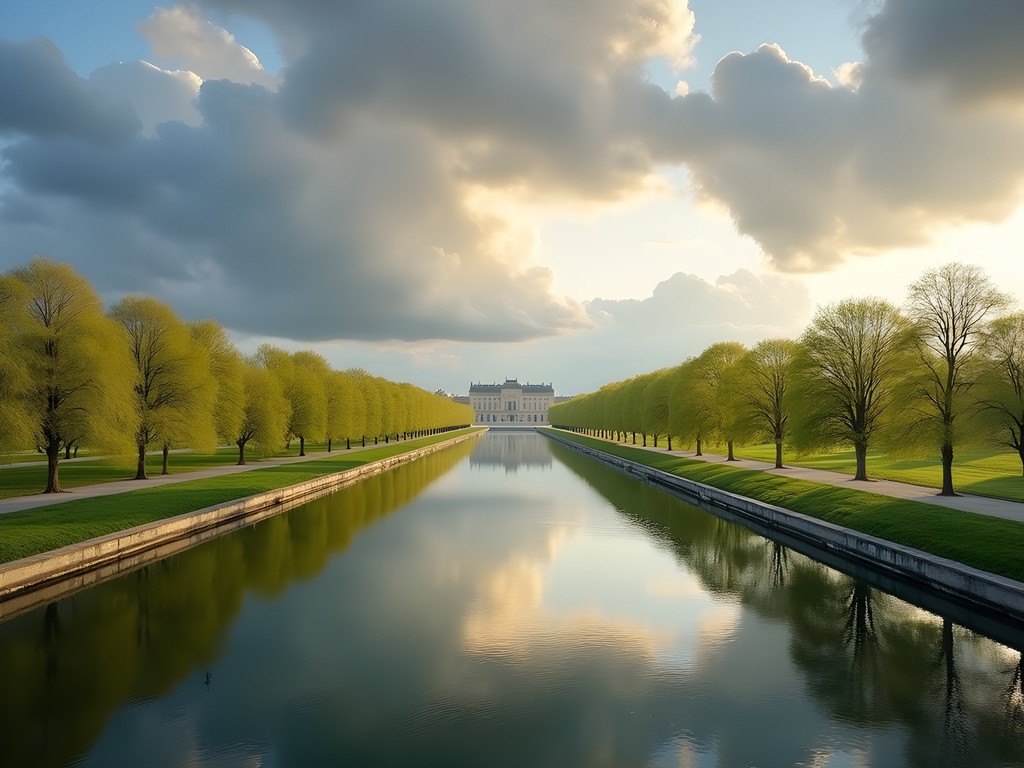
💡 Pro Tips
- Visit on fountain show days (generally Saturdays and Sundays from April to October) for dynamic water photography
- Bring a microfiber cloth to quickly deal with lens spray near the larger fountains
- Use the reflections in the Grand Canal to create symmetrical compositions that double the visual impact of the sky
Seasonal Transformations: Capturing Versailles Through the Year
While spring offers my favorite photographic conditions at Versailles, each season transforms this historic estate in ways that deserve their own photographic exploration. Having visited in all seasons during my years in Europe, I've developed an appreciation for how the changing light and landscape create entirely different moods throughout the year.
Spring brings an explosion of color to the formal gardens. The meticulously pruned boxwoods reveal their fresh green growth, while tulips and daffodils create geometric patterns of color within the parterres. The light in spring has a particular clarity that enhances the palace's cream-colored stone and makes the gold accents pop against blue skies. April showers create dramatic cloud formations that add character to wide exterior shots.
Summer offers extended evening light, with the gardens remaining open until 8:30 PM. This creates opportunities for that magical 'blue hour' when the sky deepens to indigo but retains enough light to define the palace silhouette. The formal gardens reach their full expression in summer, with every plant precisely trimmed and flowering on schedule. However, summer also brings the heaviest crowds, making clean compositions more challenging.
Autumn transforms the expansive grounds with warm tones that complement the palace's color palette. The formal gardens maintain their structure while the wooded areas and Marie Antoinette's estate burst with golds and ambers. The lower angle of autumn light creates longer shadows that accentuate the three-dimensional quality of the sculptures and architectural details.
Winter offers perhaps the most unique photographic opportunities, especially on those rare mornings after snowfall when the gardens become a wonderland of white geometry. The stripped trees reveal architectural views normally hidden by foliage, and the low winter sun creates dramatic long shadows even at midday. On my January visit last year, I captured the palace façade reflected in the frozen surface of a fountain basin—a perspective possible only in the coldest months.
Regardless of season, I never leave home without my camera backpack, which protects my gear from unexpected weather changes while allowing quick access to different lenses as lighting conditions shift throughout the day.
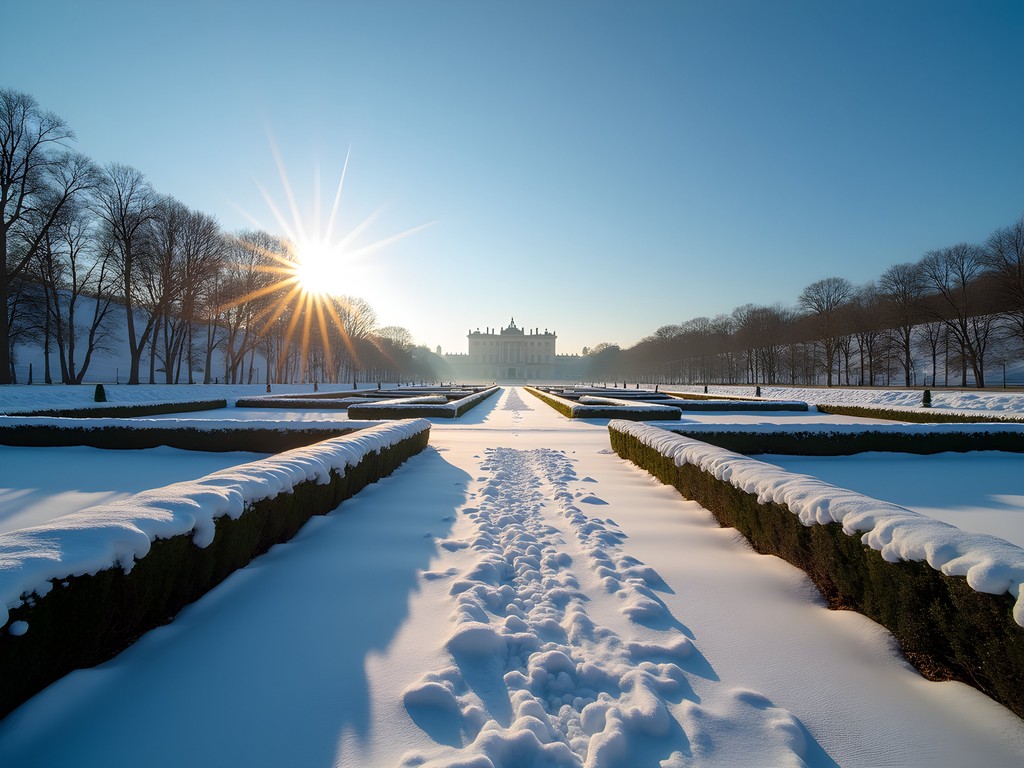
💡 Pro Tips
- Winter visits offer dramatically reduced crowds but check for limited opening hours
- Autumn foliage typically peaks in late October to early November
- Spring flowering schedules vary yearly—check the Versailles website for bloom forecasts
Technical Challenges: Mastering Interior Photography
Photographing Versailles' interiors presents unique technical challenges that remind me of underwater photography—both environments demand adaptation to difficult lighting conditions and restricted movement. After numerous visits, I've developed techniques that help overcome these limitations.
The most significant challenge is the combination of low ambient light and no-tripod policies in most rooms. To compensate, I recommend setting your camera to a higher ISO (800-1600 depending on your camera's capabilities) and using lenses with wide apertures. My go-to lens for interior work is a fast prime lens which gathers maximum light while providing a natural perspective that approximates what the human eye sees.
The dramatic contrast between bright windows and darker interiors creates exposure challenges similar to those I faced photographing underwater caves. For rooms like the Hall of Mirrors, bracket your exposures or use your camera's HDR function to capture both the interior details and the view through windows. Alternatively, expose for the interior and accept that the windows may be overexposed—sometimes this creates a pleasing ethereal effect that enhances the room's grandeur.
The ornate gilded surfaces throughout Versailles create reflection problems that can confuse your camera's metering system. I typically underexpose by 1/3 to 2/3 stops when gold surfaces dominate the frame, then recover shadow details in post-processing. This preserves the rich tones of the gold while maintaining detail throughout the image.
White balance presents another challenge, as the rooms feature mixed lighting—natural light through windows combined with artificial lighting of various color temperatures. I've found setting a custom white balance using a gray card in each new room yields the most consistent results, though auto white balance with minor adjustments in post-processing works well for casual shooting.
For rooms where photography is permitted but flash is not, stabilize yourself against walls or doorframes to minimize camera shake. Exhale slowly while pressing the shutter, a technique I perfected during macro photography of delicate coral formations. When possible, take multiple shots of the same composition to increase your chances of capturing at least one sharp image.

💡 Pro Tips
- Set your camera to continuous shooting mode to increase chances of getting one sharp frame in low light
- Use doorways and wall corners to brace yourself when shooting in no-tripod areas
- Shoot RAW format to maximize your ability to recover details in shadows and highlights during post-processing
Final Thoughts
As I stand in the gardens of Versailles watching the setting sun paint the palace façade with golden light, I'm reminded that photography is ultimately about preservation—whether capturing the fleeting beauty of coral reefs threatened by warming oceans or documenting these historic spaces that have weathered centuries of human history. Versailles rewards the patient photographer who returns at different hours and in different seasons, gradually building a relationship with this magnificent place that goes beyond the superficial tourist experience. Each visit reveals new perspectives, different qualities of light, and deeper understanding of how to translate this opulent world into compelling images. I encourage you to approach Versailles not as a checklist of famous rooms to photograph, but as an ongoing visual conversation—one that might begin with those iconic shots but ultimately leads to your own unique vision of this extraordinary testament to human creativity and ambition. The true magic of photographing Versailles lies not just in capturing its grandeur, but in discovering your personal connection to its beauty.
✨ Key Takeaways
- Arrive early (8:00 AM) to photograph exteriors and gardens without crowds
- Explore beyond the main palace to find unique photographic opportunities at the Petit Trianon and Queen's Hamlet
- Use water features for reflections and compositions that capture Versailles' grand scale
- Return in different seasons to document how changing light transforms the palace and gardens
📋 Practical Information
Best Time to Visit
April-May or September-October
Budget Estimate
$50-100 per day including entrance fees and transportation
Recommended Duration
2-3 days for comprehensive photography
Difficulty Level
Moderate


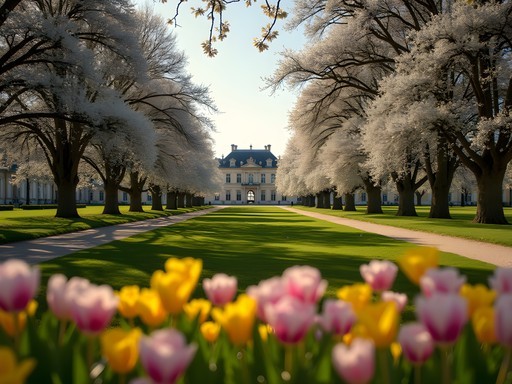
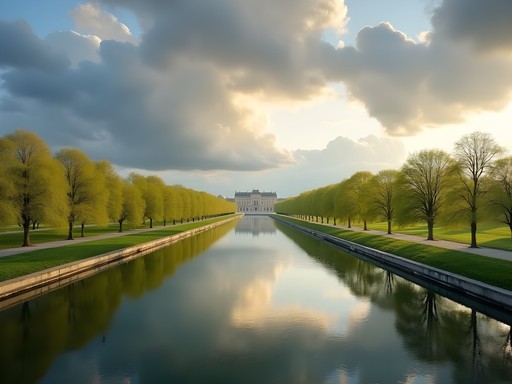

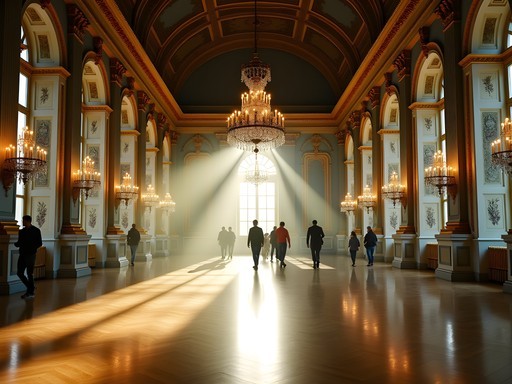


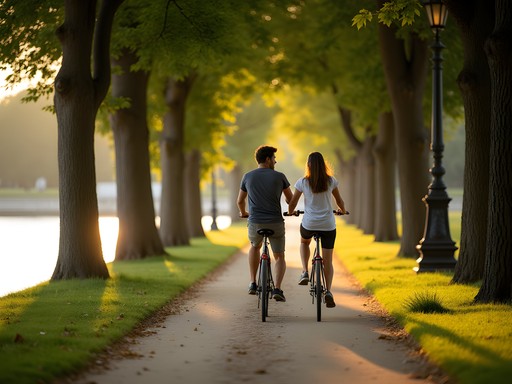
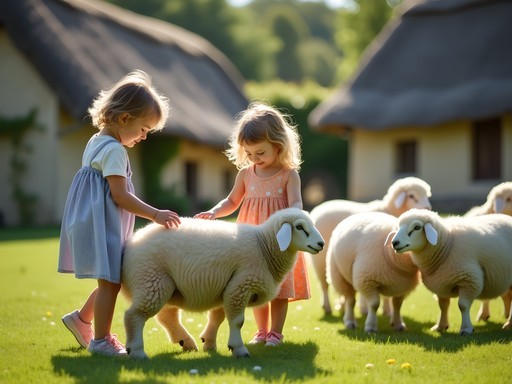
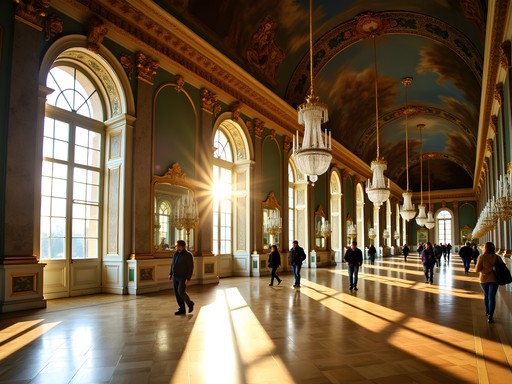





Comments
winterone
I visited during winter last year and the frost-covered gardens were absolutely breathtaking - like something from a fairytale! Much fewer tourists too. Though I wish I'd brought a tripod for the interior shots since the lighting was quite dim. Your tip about focusing on reflections in the hall of mirrors saved my photos!
wanderingcamera
Saving this for my trip next month! Thanks for the detailed guide!
travelinglightphoto
Great post! Do you think it's worth booking one of those early access photography tours? They're pretty expensive but might be worth it to avoid crowds.
backpackseeker
I was wondering the same thing! Has anyone here done one?
Megan Martin
I've done one and it was worth every penny. You get about an hour in key spaces before general admission. The Hall of Mirrors completely empty is a once-in-a-lifetime shot!
sunnymate
Those reflection shots in the garden fountains are stunning! Really captures the grandeur of the place. Love how you showed the different lighting throughout the day.
Megan Martin
Audrey, your photography tips for Versailles are spot on! As a fellow photographer who's visited multiple times, I'd add that the Petit Trianon offers some of the most intimate and less-photographed perspectives. I found that using my wide angle lens in the Hall of Mirrors helped capture the sense of infinite reflection even with crowds. For anyone visiting, don't miss the temporary exhibitions in the smaller rooms - they often allow photography and provide unique contexts for the palace's history. Your seasonal guide is particularly helpful - I've shot there in spring and fall, but now I'm inspired to try winter!
backpackseeker
Thanks for the Petit Trianon tip, Megan! Is it included in the regular palace ticket or do you need a separate one?
Megan Martin
It's included in the 'Passport' ticket that gives you access to the whole estate! Definitely worth the extra few euros compared to just the palace ticket.
backpackseeker
This guide is exactly what I needed! I visited Versailles last summer and it was PACKED. Wish I'd known about that early morning golden hour trick. The crowds made it almost impossible to get decent shots in the Hall of Mirrors. Has anyone tried the winter visit as suggested? I'm planning to go back in January and wondering if it's worth braving the cold for those empty garden shots.
sunnymate
I went in February last year and it was magical! Way fewer people and the frost on the gardens created this ethereal effect. Definitely bring layers though - I was freezing even with my thermal gear!
backpackseeker
Thanks for the tip! Definitely going to pack my warmest clothes then. Did you get access to any of those 'hidden spots' mentioned in the article?
sunnymate
Yes! The Queen's Hamlet was practically empty and so photogenic with a light dusting of snow. Also, bring a tripod for those low-light interior shots if you can.
sunsetone6678
Just got back from Versailles and followed your advice about visiting the Petit Trianon during midday when everyone else is at the main palace. Worked perfectly! Had the place almost to ourselves and got some beautiful shots of the gardens without fighting crowds. The afternoon light through those trees was magical!
Audrey Scott
So happy to hear this worked out for you! The Petit Trianon is such an underrated gem.
Scarlett Bryant
Excellent guide, Audrey. For those planning a photography-focused visit, I'd recommend allocating at least two days if possible. Day one for the palace interiors (the Hall of Mirrors deserves hours alone) and day two for the extensive gardens. The fountains operate on specific days and times, so check the official schedule if capturing the water features is important to you. Also, don't overlook the Grand Trianon and Marie Antoinette's Estate - they're less crowded and offer intimate photographic opportunities that contrast beautifully with the grandeur of the main palace.
sunsetone6678
Thanks for this tip! I only planned one day but might need to rethink my itinerary now.
photoway
Just booked my tickets for sunrise entry next month! Can't wait!
Haley Hamilton
Your post brought back so many memories! I made the rookie mistake of visiting mid-day in July a few years back. The crowds were INSANE and the harsh light made photography nearly impossible. Ended up returning at 7am the next morning and it was like a completely different place. I found that the Queen's Hamlet was especially magical early morning - the light filtering through the trees created this ethereal atmosphere that my wide angle lens captured beautifully. Your seasonal tips are spot on - I'd add that early spring when the first blooms appear but before peak tourist season is another magical time!
Venture X
Premium card with 2X miles, $300 travel credit, Priority Pass